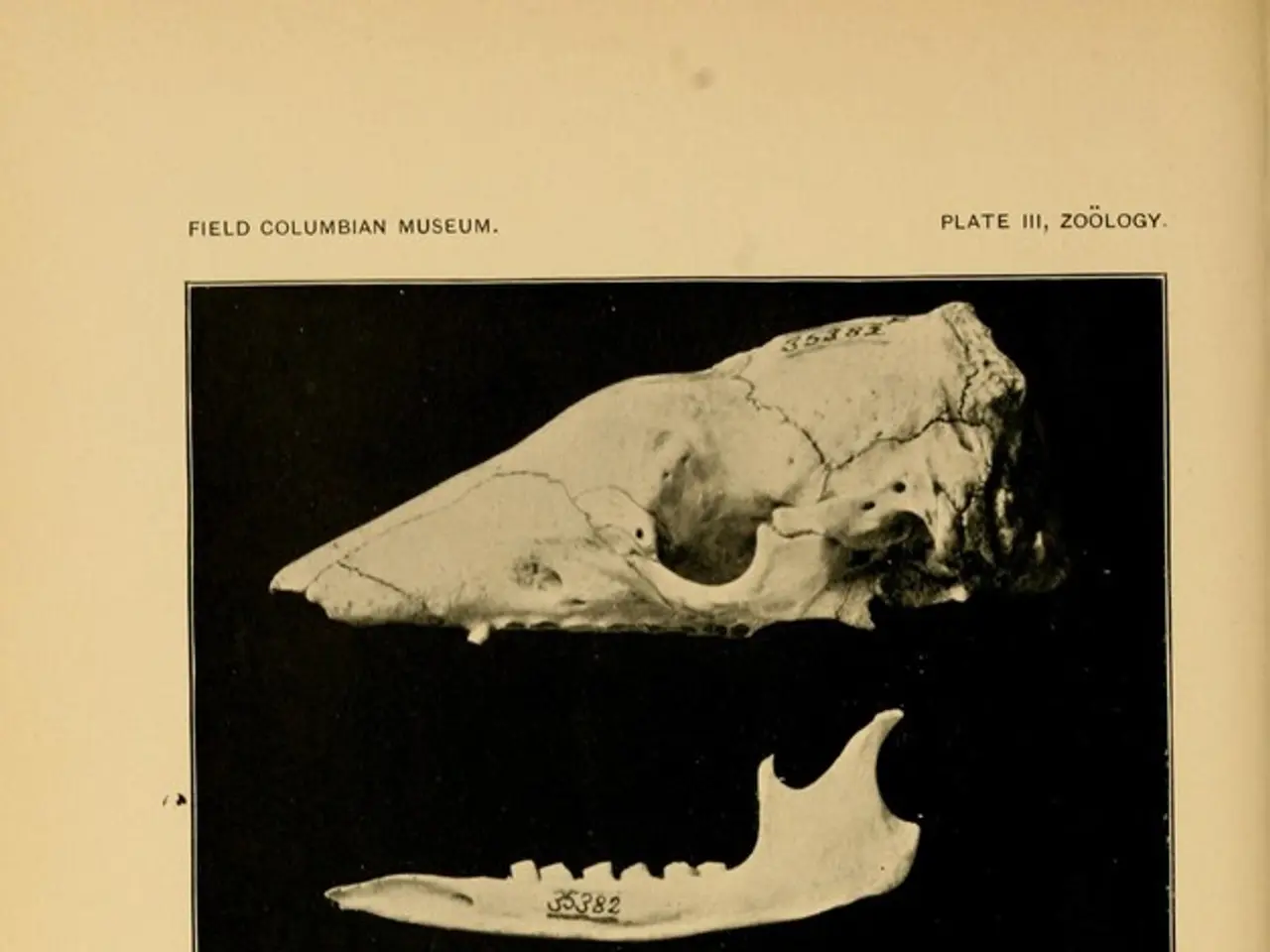Symptoms, diagnosis, remedies, and healing process for a fractured coccyx (tailbone) injury.
A broken tailbone, or coccygeal fracture, and a bruised tailbone are common injuries that can cause significant discomfort. These injuries often occur due to external trauma, such as falls onto the buttocks, sports injuries, or direct blows to the coccyx area.
A broken tailbone typically requires more medical intervention than a bruised tailbone, which usually heals with supportive care. Symptoms of a broken tailbone include constant dull pain in the lower back, pain that worsens when sitting and standing up, swelling around the tailbone, pain during bowel movements and sexual intercourse, irregular bowel movements, numbness or tingling in the leg, and difficulty standing or walking. In contrast, a bruised tailbone presents with dull, achy pain when sitting or standing, slight bruising or swelling, and pain may be less severe but can still be uncomfortable.
Diagnosis of a tailbone injury typically involves a physical exam, taking the person's medical history, and ordering medical testing such as X-rays or, if necessary, an MRI scan. Treatment for a broken tailbone may include pain relief medications, reducing the coccyx if it is dislocated, and supportive measures like cold compresses and avoiding prolonged sitting. In severe cases, surgery may be necessary. For a bruised tailbone, treatment focuses on alleviating pain and symptoms, such as applying cold compresses, using pain-relieving creams or ointments, modifying activities to avoid further discomfort, and sitting on a donut cushion to reduce pressure on the tailbone.
Recovery from a broken tailbone can take several months, and it is essential to rest during this time, including reducing physical activity such as work. Exercises to strengthen the hips, core, pelvic floor, and surrounding muscles can help in recovery and prevent further injury. It is also important to note that in some groups, including older adults, nutritional deficiencies can make broken bones more common.
In conclusion, both broken and bruised tailbones can cause significant discomfort, but the severity and treatment approach differ based on the extent of the injury. A broken tailbone may require more medical intervention, while a bruised tailbone often heals with supportive care. In either case, consulting a healthcare professional is advisable for proper diagnosis and guidance.
Aqiva might need to consider tailbone injury therapies and treatments due to a recent fall that resulted in multiple injuries, including a potential broken tailbone. His symptoms could include constant dull pain in the lower back, numbness or tingling in the leg, and difficulty standing or walking. Aqiva could be at risk for complications due to his type 2 diabetes and bipolar diagnosis, which could make recovery more challenging.
In such a situation, a predictive approach to healthcare, combining science and workplace-wellness initiatives, could be beneficial. Enhanced mental-health support, skin care, and nutrition education, as well as fitness-and-exercise programs, might aid in his recovery. His workplace could implement health-and-wellness policies that encourage regular breaks, comfortable seating to reduce pressure on his tailbone, and a supportive environment for addressing mental health concerns.
If Aqiva's diagnosis concludes a broken tailbone, his healthcare provider may recommend a series of X-rays or even an MRI scan. Treatment could include pain relief medications, reducing the dislocated coccyx, and supportive measures like cold compresses and avoiding prolonged sitting, possibly accompanied by surgery. For both broken and bruised tailbones, resting is crucial, particularly avoiding strenuous activities like work, to ensure a speedy recovery.
During this healing process, Aqiva might experience irregular bowel movements and pain during bowel movements and sexual intercourse. He should discuss these concerns with his healthcare professional, as they may suggest suitable treatments or suggest changes to his diet or medications.
As Aqiva recovers, he should work on strengthening his hips, core, pelvic floor, and surrounding muscles through targeted exercises. This could help prevent further injury and improve his overall quality of life. In addition, maintaining a balanced diet rich in nutrients and incorporating good skin care practices could promote healing and overall health.
Lastly, it's important to remind Aqiva that when facing a challenging diagnosis, it's okay to seek comfort in the support of loved ones and mental health professionals. A broken tailbone may be difficult, but with the right approach, he can overcome this hurdle and work towards a pain-free future.




